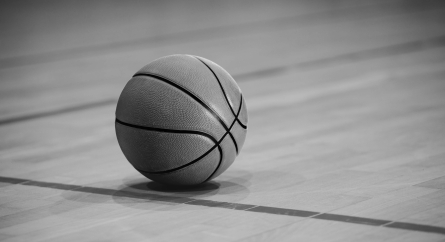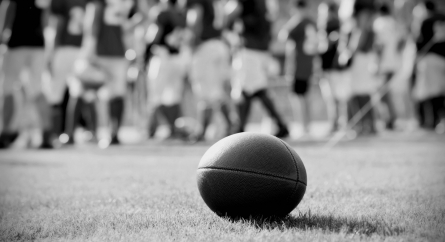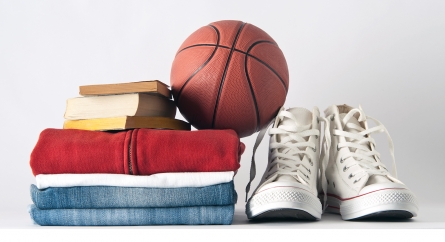NCAA Convention Report
The National Collegiate Athletic Association (“NCAA”) governance structure consists of legislative bodies, made up of volunteers from member schools, that govern each of its three divisions, as well as a group of committees that set association-wide policy.
The NCAA Convention was held in January 2019 and resulted in, among other things, rule and policy changes affecting member institutions, student-athletes and prospective student-athletes.
While I am happy to talk to you about my thoughts on targeting calls in football and whether basketball players should be able to return to college play if they go undrafted, this post focuses on legislative actions adopted at the Convention, and not sport-specific rule changes. Here is a summary.
Division I
Effective August 1, 2019, Division I institutions must complete an equity, diversity and inclusion review at least once every five years and provide written confirmation of completion to the national office.
Note: Divisions II and III already complete such reviews once every five years through their respective NCAA-mandated self-study instruments. This action will hold Division I institutions to the same standard, but each institution will determine how to conduct the review and what follow-up actions might be needed. In Division I, all that need be shared with the national office will be written confirmation of completion every five years.
Effective immediately, students (in sports other than men’s ice hockey and skiing) who have already served time in residence because of delayed enrollment requirements may transfer and play immediately, provided they attended a collegiate institution as full-time students for at least two semesters or three quarters (excluding summer terms) and satisfactorily completed an average of at least 12 semester or quarter hours of transferable degree credit for each term of full-time attendance.
Effective August 1, 2019, the NCAA-banned drug classes will be the same as those included in the World Anti-Doping Agency list of prohibited substances, except for glucocorticoids.
Division II
Effective April 1, 2019, for student-athletes enrolling during the 2019-2020 academic year (and thereafter), participation in organized competition during time spent in the armed services of any country, on official religious missions or with recognized foreign aid services of the U.S. government are exempt from the application of the participation in organized competition before initial collegiate enrollment legislation.
Note: This expands an existing exception for participation during time spent on active duty in the U.S. or Canadian armed services.
Effective August 1, 2019, active member institutions must complete a student-athlete health and safety survey on an annual basis pursuant to policies and procedures as determined by the Committee on Competitive Safeguards and Medical Aspects of Sports.
Division III
Effective August 1, 2019, institutions must submit, on an annual basis, student-athlete graduation rate reporting data in a form prescribed by the Management Council. The first reports will be due June 1, 2020, with annual championships eligibility contingent upon submission.
Effective immediately, athletic department staff members may “friend” or “follow” prospective student-athletes on social media platforms and take actions such as “liking,” “favoriting” and republishing content generated by prospective student-athletes on those platforms.
Client Tip: There were also changes in Divisions II and III to eligibility exceptions for students carrying all courses needed to complete a degree but who have an outstanding experiential learning requirement. Additional changes were made in all divisions across a range of subjects including permissible payment of educational expenses, payment of expenses for family members to attend athletic events, recruiting, academic eligibility and the Division I infractions program. It would be impossible to address each of the changes in this format.
Member institutions are encouraged to read the legislative proposals, along with the Question and Answer document, and participate in the Convention and voting process. You can get more information about the 2019 NCAA Convention here.
Tagged In: college athletics, National Collegiate Athletic Association, NCAA, student athletes









